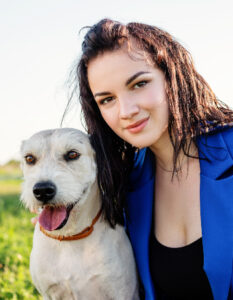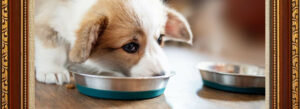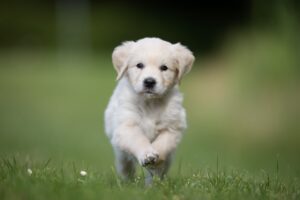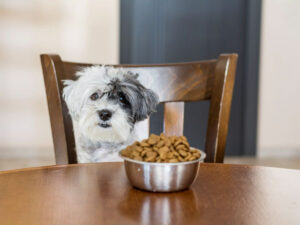Looking for a better potty training option for your little friend? A potty pad may be just the easiest solution you can find! A potty pad is an absorbent mat.
It is specially made for indoor toileting of puppies. Potty pad training will save you a lot of time, energy, and money.
You can train your puppy to use the potty pad by consistently rewarding successful use. You also have to use consistent placement and patience.
Let’s discuss why should you consider it, how can you train your puppy, and common mistakes to avoid.
Why Try Potty Pads?
Potty pads are much more convenient to use. Since they’re easy to place and dispose of. Puppies have small bladders. They may struggle to hold urine for long. This can also be part of the gradual transition to outdoor potty training.
According to Dr. Brittany Grenus, it is not advisable to take your puppy out at an early age. Potty pads offer early potty training opportunities.
Potty pad training protects puppies from outdoor health risks. Such as parasites or extreme weather. It offers a controlled, safe environment for elimination. It also protects indoors from urine and feces accident damage.
Potty pad training suits busy or restricted households, providing indoor flexibility. Pee pad training rewards the puppy, establishes a routine, and encourages good behavior.
How To Potty Pad Train Dogs: A Step-By-Step Guide
Complete potty pad training within these simplest 10 steps.
Step 1: Find the right pad
Choosing correct potty pads ensures clean, easy training for puppies. All these pads have different utility. Consider absorbency, size, odor control, and the puppy’s comfort level. Take a look at these three different options to choose from.
 |  |  |
Disposable Pads | Reusable Pads | Portable Pads |
Step 2: Select a Designated Area
A designated area will help you to ensure ensures clean, consistent training, and avoid accidents. H. Ellen Whiteley, D.V.M advices to choose a quiet spot, away from food station. You must consider space, accessibility, cleanliness, and proximity to the puppy’s resting and eating areas. You can place it around the crate in the beginning.
Step 3: Familiarize the puppy
Teach the puppy to use the potty pad for indoor toileting to establish a routine and encourage consistent use of potty pads. You can let them sniff it in the beginning. Then you can walk over the pad, acquainting them with a potty pad.
Step 4: Prepare in Advance
Before starting the potty pad training prepare. Buy the potty pads, treats, toys, and cleaning supplies. Train your little friend to follow your command. You can follow our obedience training guides. Prepare yourself mentally and emotionally as well. You will need a lot of patience and consistency.
Step 5: Establish a Feeding Schedule & Potty Schedule
Establishing feeding and potty schedules helps puppies develop routines. Puppy’s potty schedule depends on their feeding schedule. Take a look at our all-in-on puppy potty pad training schedule.
| Age | Feeding Timing | Potty Time | |
| 6-12 weeks old | First Meal | 08.00 am | After meals, after naps, every 2-3 hours |
| Second Meal | 12.00 pm | ||
| Third Meal | 04.00 pm | ||
| Fourth Meal | 08.00 pm | ||
| 3-6 months old | First Meal | 08.00 am | After meals, after naps, every 3-4 hours |
| Second Meal | 12.00 pm | ||
| Third Meal | 08.00 pm | ||
| 6-12 months old | First Meal | 08.00 am | After meals, after naps, every 4-5 hours |
| Second Meal | 08.00 pm | ||
| 12 months + | First Meal | 08.00 am | After meals, after naps, every 4-6 hours |
| Second Meal | 08.00 pm | ||
Step 6: Guide Puppy to Use Potty Pad
Guide puppies to pad when they show potty signs. Look for behaviors like sniffing, circling, squatting, restlessness, or sudden stops in activity. Guide puppy to pad using commands linked with potty time. Commands like “Go potty” or “Potty time” can be helpful.
Step 7: Reward Them
Reward the pup promptly with treats or praise after the potty business ends. Reward reinforces desired behavior, encouraging repetition and learning.
Step 8: Clean Up Immediately
Always keep an eye on your puppy and monitor them. Clean up as soon as they are done with their business. It will prevent odors, and maintain hygiene standards. It will also prevent your puppy from developing stool-eating behavior. Your little friend is still learning. Accidents are normal at this stage.
Step 9: Establish a Routine
Take your puppy to the potty pad frequently, especially after meals, playtime, and waking up from naps. Consistency is key in reinforcing the desired behavior.
Step 10: Monitor and Adjust as Needed
Pay attention to your puppy’s progress and adjust your training approach accordingly. Some puppies may catch on quickly, while others may need more time and guidance. Flexibility is key in adapting to your puppy’s individual needs.
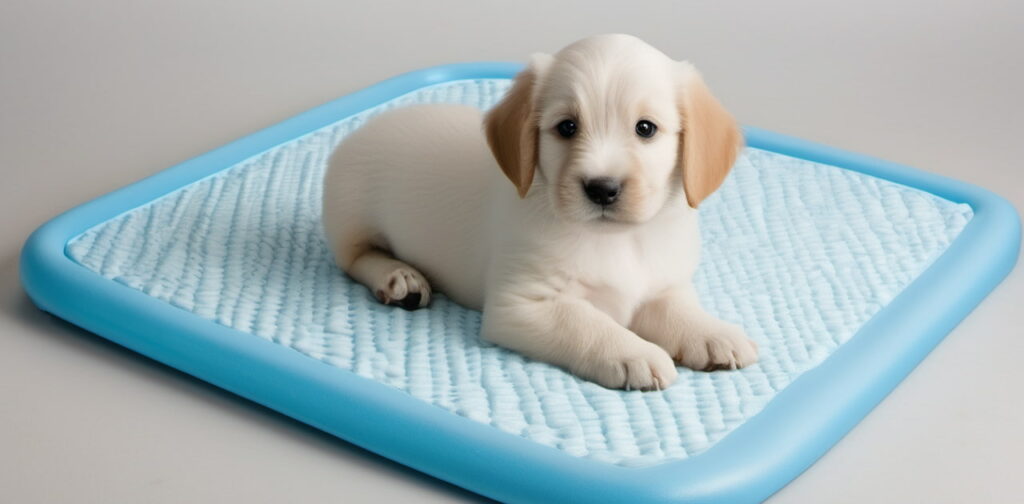
5 Puppy Potty Pad Training Mistakes to Avoid
Avoiding mistakes speeds up a puppy’s potty training progress significantly. Mistakes might create mixed signals, making it harder for puppies to understand where they should go potty. Be aware of the most common 5 puppy potty pad training mistakes to avoid.
Avoid Inconsistent Placement
Moving puppy pads around confuses them. It will also hinder the establishment of routine. Sarah Hodgson a puppy behavior expert explains why puppies thrive on consistency in her book Puppies For Dummies.
Puppies do well with the same routine every day. Place puppy pads in the same spot daily for better training.
Not Considering Different Options
Puppy potty pads come in different sizes, materials, and utilities. You need to do the research. And choose for the puppy’s unique needs.
Choosing the wrong one can lead to messes outside the designated area. Pick pads with room for the puppy to go comfortably and contain messes.
Lack of Monitoring
Puppy parents sometimes neglect watching puppies closely during training sessions. It is important to catch accidents and guide them. It will help to prevent accidents and reinforce positive behavior. Supervision also allows you to provide immediate praise and rewards.
Not Adjusting the Training Method
Sticking to ineffective training methods hinders a puppy’s training progress. Observe, adapt, and modify training methods based on the puppy’s progress. Be flexible and adaptive.
Not Cleaning Accidents Properly
Accidents occur. Cleaning affects the puppy’s potty training progress. Skipping cleaning may confuse the puppy, slowing potty training progress significantly.
Cleanliness prevents confusion, helping the puppy learn proper potty habits faster. Clean thoroughly with pet-safe disinfectants. Remove lingering scents to prevent repeat accidents or stool-eating behavior.
Conclusion
Potty pad training helps you to teach the puppy where to go potty indoors. Use consistent placement and positive reinforcement during potty pad training.
Be consistent and have patience throughout the process. Avoid punishing accidents and inconsistent potty pad placement for training success.
We wish you luck and a lot of fun during this training session. To know more about puppy care visit our website.

